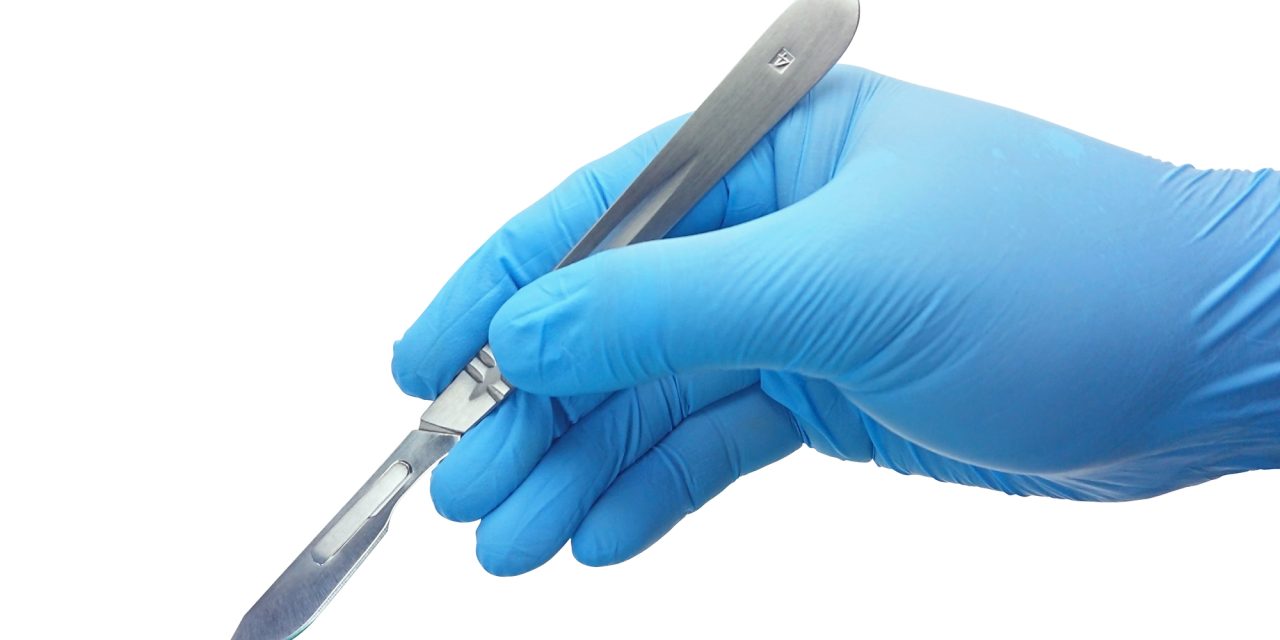To compare the efficacy of electroacupuncture (deep needling) and general orthopedics in treatment of lumbar disc herniation (LDH), and to evaluate its long-term efficacy.
This trial is a prospective cohort study. A total of 175 participants will be observed. The exposure group is obtained from department of acupuncture and moxibustion and the control group is from orthopedic department in hospital. Patients in exposed group will receive electroacupuncture in Dachangshu (BL 25), Guanyuanshu (BL 26), L4 Jiaji points (EX-B2 L4), L5 Jiaji points (EX-B2 L5) and S1 Jiaji points (EX-B2 S1) in the affected side once a day, 6 times as a treatment course for two courses (12 times). Patients in control group will receive orthopedic conventional therapy. In acute period, the treatment is mannitol injection (250 mL∶50 g) 200 mL, i.v., q.d.; 0.9% sodium chloride injection 250 mL, vitamin C injection 2 g, Dexamethasone sodium phosphate injection 10 mg, i.v., q.d.; sterile water for injection 2 mL, adenosine cobalt amine injection 1 mg, i.m., q.d., 12 d. In remission period, the treatment is Voltaren (Diclofenac diethyl lamine emulsion) external, q.d., 12 d. The researchers do not give any other intervention and record the relevant information only.
Modified Japanese Orthopaedic Association Scores, Visual Analogue Scale/Score, the Short Form-36 Quality-of-Life Questionnaire and Oswestry Disability Questionnaire and the second outcome measures (Adverse Event Questionnaire and Relapse Questionnaire) are measured before treatment, after the sixth treatment, and after the twelfth treatment. The follow-up periods are 3 months after the twelfth treatment, 6 months after the twelfth treatment, 1 year after the twelfth treatment.
This study will provide clinical researchers with the evidence on the safety and long-term efficacy of electroacupuncture in patients with Lumbar disc herniation.
Efficacy and safety of electroacupuncture in treatment of lumbar disc herniation: a protocol for a cohort study.


